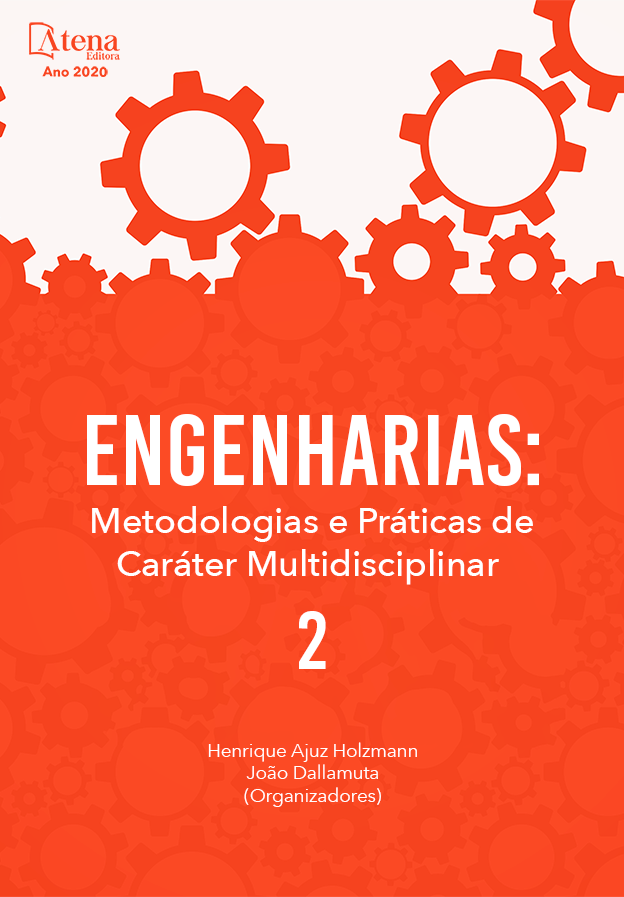
COMPARAÇÃO DE COORDENADAS DE PONTOS LEVANTADOS POR MÉTODOS TOPOGRÁFICO E GEODÉSICOS
Muitos são os equipamentos e métodos que permitem a determinação de pontos coordenados referidos á um sistema de referencia geodésico que permitem o posicionamento de feições da superfície topográfica. Alguns permitem precisão na ordem de milímetros ou centímetros, enquanto outros permitem precisão na ordem alguns metros. Este artigo empregou diferentes métodos de posicionamento para determinar as coordenadas de seis pontos distintos, localizados na Universidade Estadual de Maringá. Os métodos utilizados foram: poligonal enquadrada com uso de Estação Total, métodos com equipamento GNSS (Sistemas Globais de Navegação por Satélite) geodésicos: relativo estático rápido, RTK, PPP e GNSS de navegação. Para cada um destes métodos, foram obtidas as coordenadas de latitude, longitude e altitude do ponto, e, em seguida, os resultados obtidos foram comparados. Na maioria dos pontos, os diferentes levantamentos não apresentaram grandes diferenças nas coordenadas planimétricas, não ultrapassando 8 centímetros, as coordenadas altimétricas obtiveram maiores diferenças, contudo não ultrapassaram a 25cm. Houve uma exceção em um dos pontos quando da realização do método diferencial por RTK, observou-se que não houve a fixação das ambiguidades devido à presença de vegetação arbustiva no local, que causaram interferência. No geral, foi possível concluir que, atualmente, trabalhos de posicionamento geodésico podem ser realizados por diferentes métodos, cabendo ao usuário avaliar as opções e escolher qual método será o mais adequado para atingir seu objetivo.
COMPARAÇÃO DE COORDENADAS DE PONTOS LEVANTADOS POR MÉTODOS TOPOGRÁFICO E GEODÉSICOS
-
DOI: 10.22533/at.ed.61720091111
-
Palavras-chave: Posicionamento geodésico. GNSS. Topografia.
-
Keywords: Geodetic positioning. GNSS. Topography.
-
Abstract:
There are many equipments and methods that allow the determination of coordinated points referred to a geodetic reference system that allow the positioning of features on the topographic surface. Some allow precision in the order of millimeters or centimeters, while others allow precision in the order of a few meters. This article used different positioning methods to determine the coordinates of six different points, located at the State University of Maringá. The methods used were: framed polygonal using Total Station, methods with geodesic GNSS (Global Navigation Satellite System) equipment: relative static fast, RTK, PPP and GNSS navigation. For each of these methods, the latitude, longitude and altitude coordinates of the point were obtained, and then the results obtained were compared. In most points, the different surveys did not show great differences in the planimetric coordinates, not exceeding 8 centimeters, the altimetric coordinates obtained greater differences, however they did not exceed 25 cm. There was an exception in one of the points when performing the differential method by RTK; it was observed that there was no setting of ambiguities due to the presence of shrub vegetation in the site, which caused interference. In general, it was possible to conclude that, currently, geodetic positioning works can be carried out by different methods, allowing the users to evaluate the options and choose which method will be the most adequate to reach their objective.
-
Número de páginas: 15
- Adriano Antonio Tronco
- Bianca Ferraz
- Pedro Lonnie Inacio Salvador
- Roney Berti de Oliveira
- Marcelo Luiz Chicati
- Claudia Regina Grégio d'Arce Filetti


